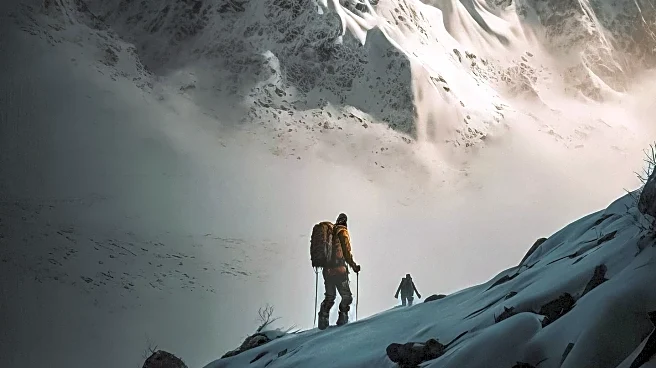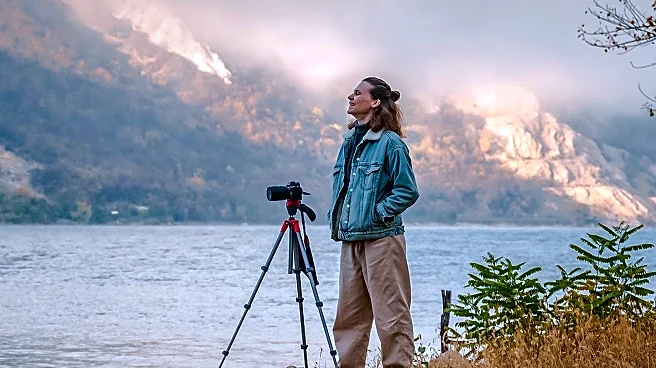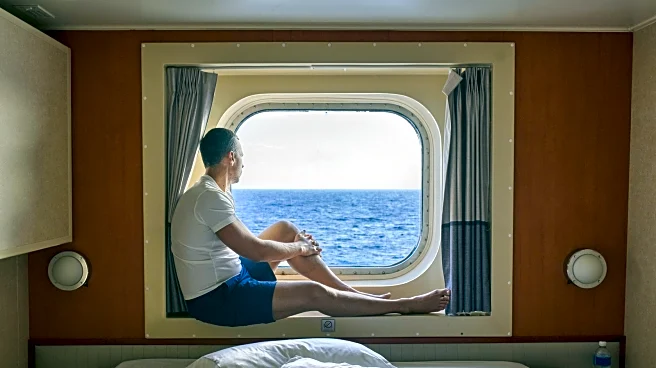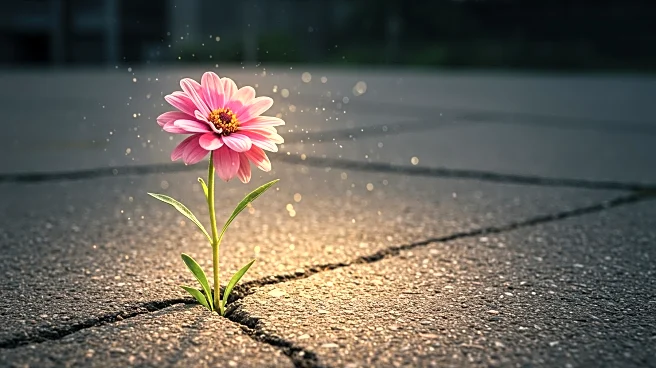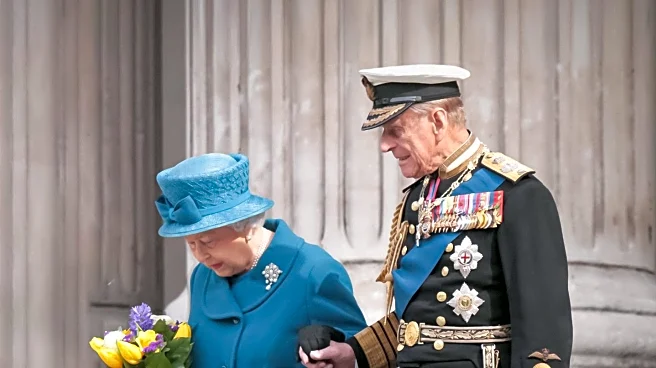What's Happening?
Alec Luhn, a 38-year-old climate journalist, was rescued after surviving six days on a remote mountain in Norway. Luhn, who has worked for major publications like The Guardian and The New York Times, embarked on a solo hike on July 31 from Odda, near Folgefonna National Park. Disaster struck when his boot broke, causing him to slide down an icy slope and sustain severe injuries, including a broken femur and fractured pelvis. With limited food and water, Luhn resorted to drinking his own urine until rain provided some relief. His wife, Veronika Silchenko, alerted authorities when he missed his flight from Bergen to England. Norwegian police found Luhn alive on August 6, after a rescue helicopter spotted him waving a red cloth.
Why It's Important?
Luhn's ordeal highlights the risks associated with solo hiking in remote areas, emphasizing the importance of preparation and safety measures. His experience underscores the need for hikers to carry essential equipment, such as satellite phones and proper footwear, to prevent similar incidents. The rescue operation also demonstrates the effectiveness and dedication of Norwegian emergency services in challenging conditions. This event may prompt discussions on hiking safety and the responsibilities of solo travelers, potentially influencing public policy or travel advisories related to outdoor activities.
What's Next?
Luhn is currently receiving treatment for his injuries, including severe frostbite, at Haukeland University Hospital in Bergen. He plans to continue his recovery in Britain. The incident may lead to increased awareness and caution among hikers, with potential calls for improved safety protocols and equipment standards. Luhn's personal experience could inspire further reporting on climate and environmental issues, drawing from his survival story to highlight the importance of safety in extreme conditions.
Beyond the Headlines
Luhn's survival story sheds light on the psychological resilience required in life-threatening situations. His reflections on family and survival may resonate with audiences, offering insights into the human spirit's capacity to endure adversity. The event also raises ethical considerations regarding the responsibilities of journalists and adventurers in pursuing stories or experiences in dangerous environments.
